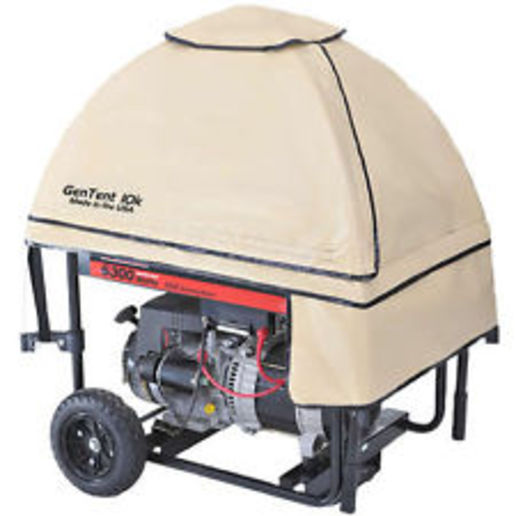Every manual I've read, says not to run your generator in the rain or snow. I use mine to power my house when we loose power, which seems to be way too much this year. Do any of your use your generator in the rain or snow? If so what precautions do you use. Any and all suggestions and advice is appreciated. My generator is a Honda clone, 6500 watt. I have a plug on the exterior of my house that feeds the transfer panel in the house. We lost power about 3am on the 24th and they don't expect to have it restored until 11:36 Monday the 28th. Weather man just said rain today and fir the next few days, just great. Don't want to ruin my generator, but with my wife just home for the hospital, need to power the house at least during the day. In the night I try to keep the fire place going, that keeps the chill somewhat off of the house.
Thanks for any and all help,
Bill
Thanks for any and all help,
Bill


